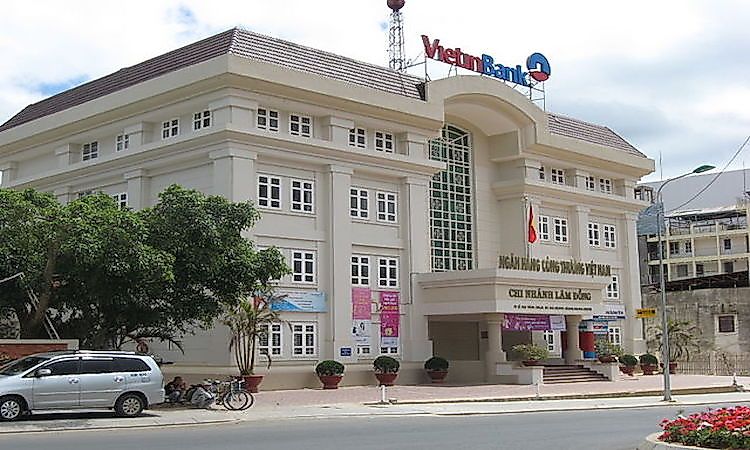The Economy Of Vietnam

Overview Of The Economy of Vietnam
Vietnam works under a socialist-oriented market economy, which means that the government is directly involved in economic development and decision-making. Currently, it is a mix between this state-planned economy and a market economy, which is controlled by supply and demand. The eventual goal of the government is to achieve socialism. During the 1980’s, the Communist Party established this unique economic framework in an attempt to move away from the Soviet-type economic planning that was then in place.
Its total gross domestic product (GDP) for 2013 was $170.565 billion with a GDP per capita of $2,073. The labor force is made up of 54.61 million people. The biggest percentage of these individuals work in agriculture (44.3%), services (32.8%), and industry (22.9%). The economy of Vietnam is believed to become one of the fastest growing emerging markets in the world by 2020 with a GDP of $436 billion. According to this estimate, it will be 70% the size of the UK economy by 2040.
Leading Industries Of Vietnam
The economy of Vietnam is mainly reliant on foreign direct investments in order to promote growth. The largest industries here are services which make up 49.75% of the GDP, industry which makes up 33.25%, and agriculture which makes up 17% of GDP. Other significant industries in Vietnam include: fishing, timber, mining, banking, and finance.
Top Export Goods And Partners
Today, Vietnam is the 28th largest export economy in the world, exporting $165 billion worth of goods every year. Its principal export goods include: broadcasting equipment ($23.8 billion), computers ($7.98 billion), crude petroleum ($6.87 billion), leather footwear ($6 billion), and integrated circuits $4.6 billion). The majority of these exports go to the following countries: the US ($29.9 billion), China ($17.5 billion), Japan ($15.2 billion), South Korea ($7.92 billion), and Germany ($7.64 billion).
Top Import Goods And Partners
This country imports $151 billion worth of goods every year which gives it a positive trade balance of $13.7 billion. Its top imported goods include integrated circuits ($9.6 billion), telephones ($8.22 billion), refined petroleum ($7.81 billion), light rubberized knitted fabric ($2.96 billion), and flat-rolled steel ($1.98 billion). The majority of its imports come from the following places: China ($44.7 billion), South Korea ($21.7 billion), Japan ($11.9 billion), Other Asian countries ($9.4 billion), and Singapore ($7.98 billion).
Challenges Faced By The Economy of Vietnam
One of the biggest challenges faced by the economy of Vietnam is, in fact, its state-owned businesses. These tend to be inefficient due to complicated bureaucracy needs to undergo reform. Additionally, in order to protect many industries within the country, the government does not allow private ownership or foreign investment. This is, however, hindering economic growth. Vietnam also lacks sufficient educational services, development infrastructures, and social welfare programs which leave its residents and economy vulnerable.
Future Economic Plans
Despite its significant challenges, the economy of Vietnam has been growing consistently. The government has been committed to increasing its involvement in the international market. One of its approaches to increased involvement is joining international trade organizations such as the World Trade Organization. In addition, the government has recently signed the Trans-Pacific Partnership agreement in order to take part in trade liberalization among Pacific countries. Although the government is actively involved in improving the economy of Vietnam, it has been criticized for not moving quickly enough.











